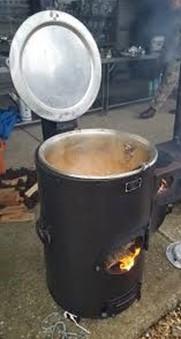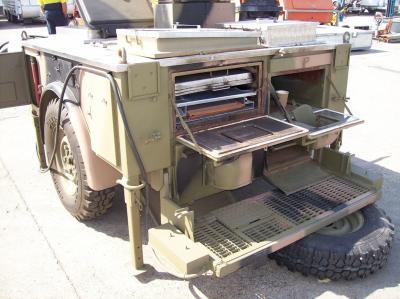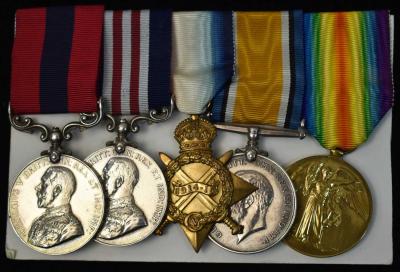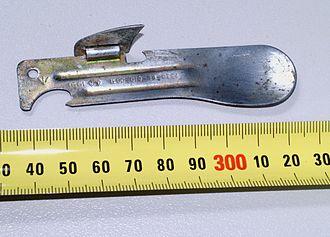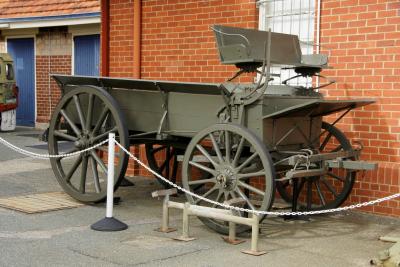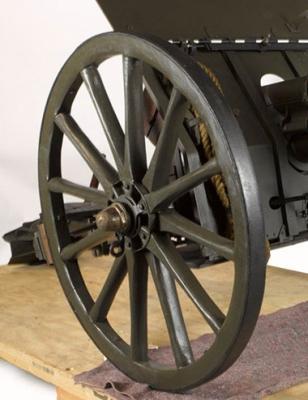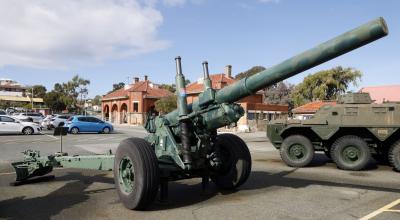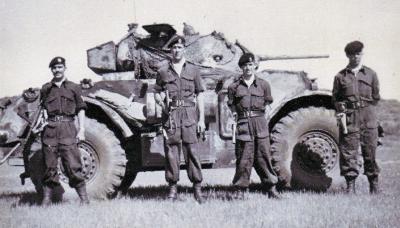World War 1, Mannequin Display, SIDCOT Pattern Flying Suit
One-piece step-in style flying suit of khaki cotton twill, featuring a wide turn-down collar with a thick fur facing. The collar can be worn up and secured across the throat by means of a flap stitched to the left of the collar that has two buttonholes (the upper for buttoning it back when not and use, the lower for buttoning it across the neck) and a strap which fastens to a two-pronged metal buckle fitted to the opposite side. The suit is closed across the torso by a large semi-angled flap that fastens to five buttons fitted at a slight angle down the right side of the suit from shoulder to waist, with a central button fly below. Stitched to the front of the torso flap at a slight angle is a large open patch pocket, accessible through its right side, with an open-topped patch pocket to the front of either thigh-knee. The arm cuffs are fitted with a single buttonhole and two buttons to adjust, while the ankle cuffs have front openings that can be closed by two buttons and an extra buttonhole to the side for adjustment. At the rear of the suit is a half-belt-style waist adjustment strap with a sliding metal buckle. Internally, the suit is fully-lined in an olive-coloured mohair.
As aviation developed in unheated open cockpits, the need for warm clothing quickly became apparent, as did the need for multiple pockets with closures of buttons, snaps, or zippers to prevent loss of articles during manoeuvres. Various types of flight jackets and pants coverings were developed and, during World War I. Leather two-piece outfits were common among pilots to ward off the chill caused by propwash and the cold of low-oxygen high-altitude flying. Leather quickly became the preferred material due to its durability and the protection it offered against flying debris such as insect strikes during climb-outs and landings, and oil thrown off by the simple rotary and inline motors of the time. Australian aviator Frederick Sidney Cotton's experience with high level and low-temperature flying led Cotton in 1917 to develop the revolutionary new "Sidcot" suit, a flying suit which solved the problem pilots had in keeping warm in the cockpit. This flying suit, with improvements, was widely used until the 1950s.
Details
Details
Australian Army Museum of Western Australia
Australian Army Museum of Western Australia
Other items from Australian Army Museum of Western Australia
- Soyer Portable Army Catering Stove
- Wiles Mobile Junior Steam Cooker World War 2
- Motorised Submersible Canoe "Sleeping Beauty"
- Kitchen Field Mobile (KFM)
- Distinguished Conduct Medal - WX14757 Corporal Merv Hall, 2/16 Battalion
- Medal Group including Distinguished Conduct Medal and Military Medal 3400 Sergeant John Alexander SPENCE, 12 Battalion AIF and 52 Battalion AIF
- Food Ration Eating Device (FRED)
- General Service Wagon World War 1
- Artillery Pattern Wheel
- 5.5 Inch Gun
- Post 1945, Perth Staghound Armoured Car, 10 Light Horse
- Immersion Heater
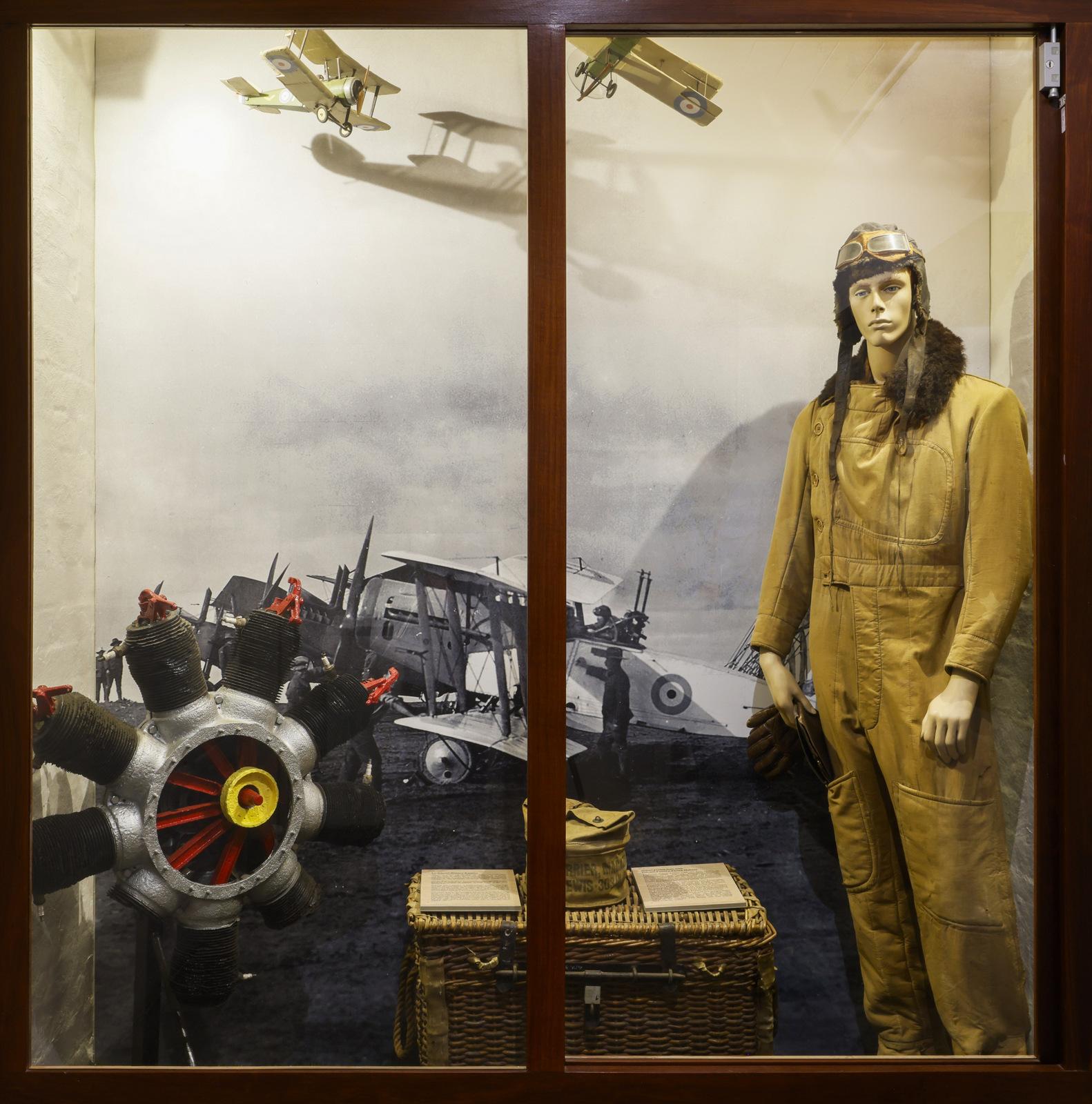
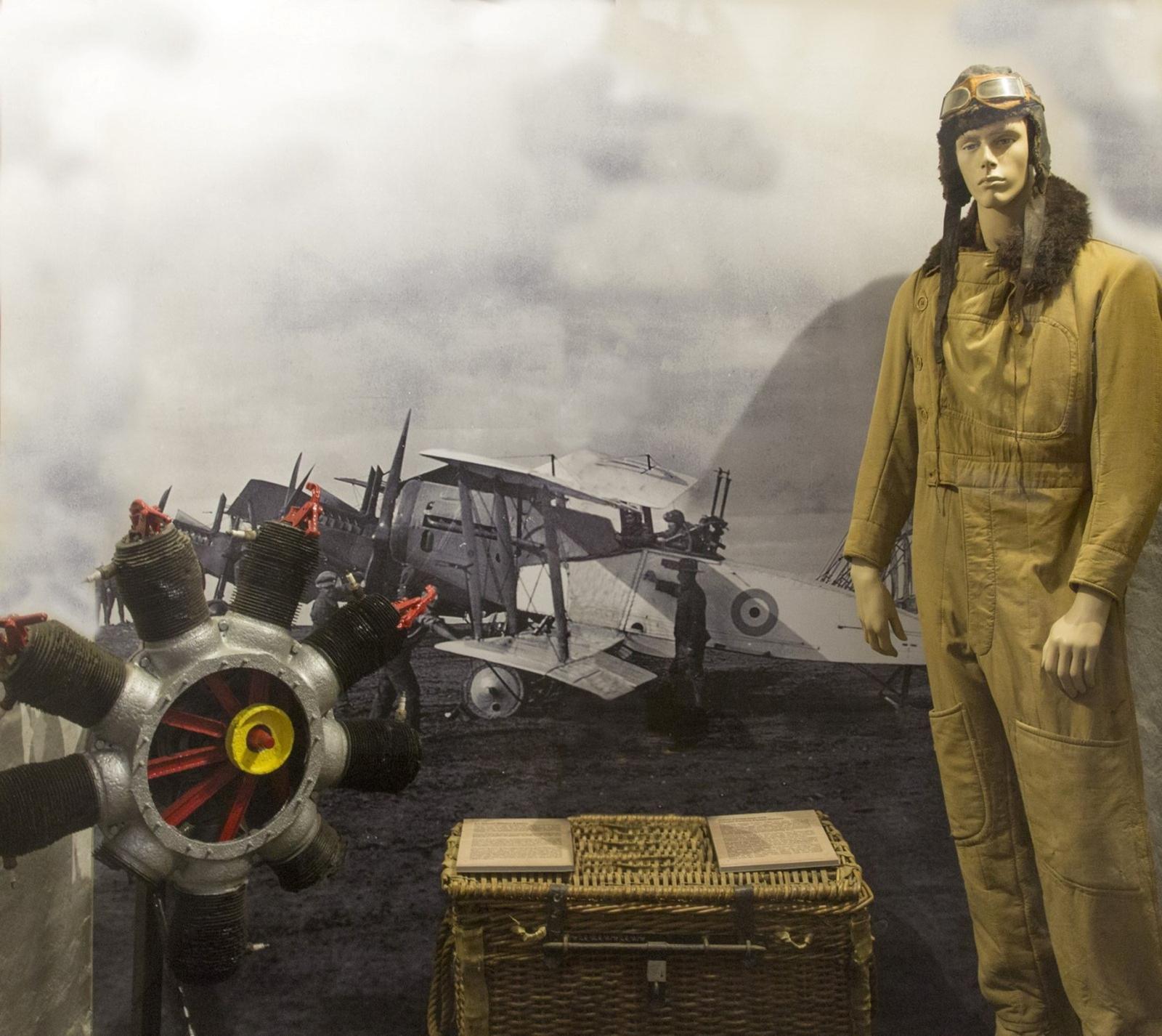
Scan this QR code to open this page on your phone ->

